Nature has a way of sneaking in the little things that can throw off the careful planning of any gardener. Weeds, with their uninvited appearance, have an uncanny knack for crowding out the beautiful plants that people might have worked tirelessly to grow. They bring with them a dual nuisance – not only are they unwelcome guests, but their presence also places competition on resources like sunlight and water that would otherwise be available to cultivate other flourishing plants.
By covering your soil with weed mats, you can maintain relative dominance over unwanted weeds in your garden. Sunlight serves as a catalyst for weed growth, so a mat’s ability to obstruct this nourishment is extremely valuable in thwarting the upcoming growth of seeds and even stunting existing weeds.
A plethora of weed matting possibilities exist for purchase, ranging from purely organic sources such as jute and hemp to industrially-manufactured plastics.
Natural mats are more environmentally friendly than their synthetic counterparts, though they might not be as successful in deterring weeds. Synthetic mats are sturdy and built to endure for many years, but their non-biodegradable qualities mean that they ultimately become residing refuse in landfill when discarded.
If you’re seeking an environmentally conscious approach to managing weeds, a mat made from recycled materials might do the trick. Not only are these mats just as efficient as the synthetic type, but when you have finished with them, they will not be sent off to the dump.
Before adding your desired plants to your garden bed, lay down a layer of weed matting for optimum protection against pesky weed seeds. Doing so will fend off the germination of weed growth before it can take hold.
Related Product
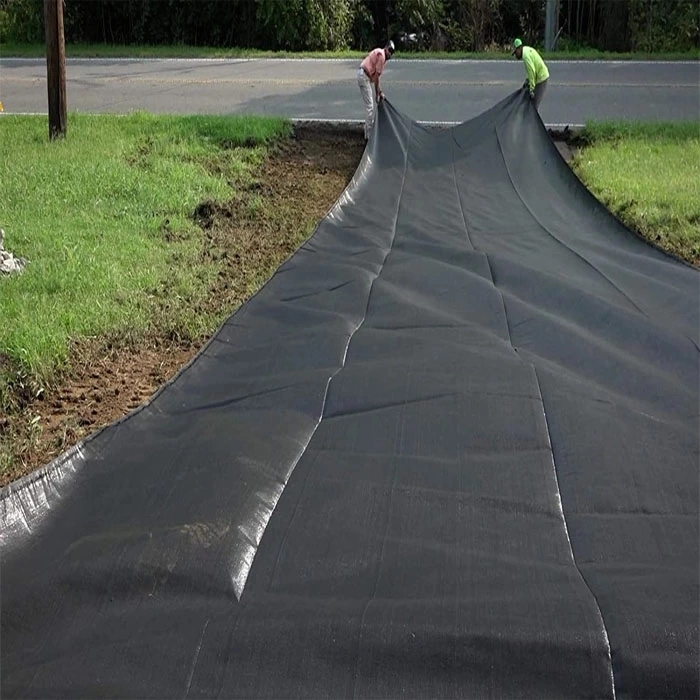
Bluekin Weedmat: Your Secret Weapon for a Low-Maintenance and Beautiful Garden
Are you tired of spending countless hours weeding and maintaining your garden? Look no further than Bluekin Weedmat, the ultimate solution for a low-maintenance and beautiful garde […]
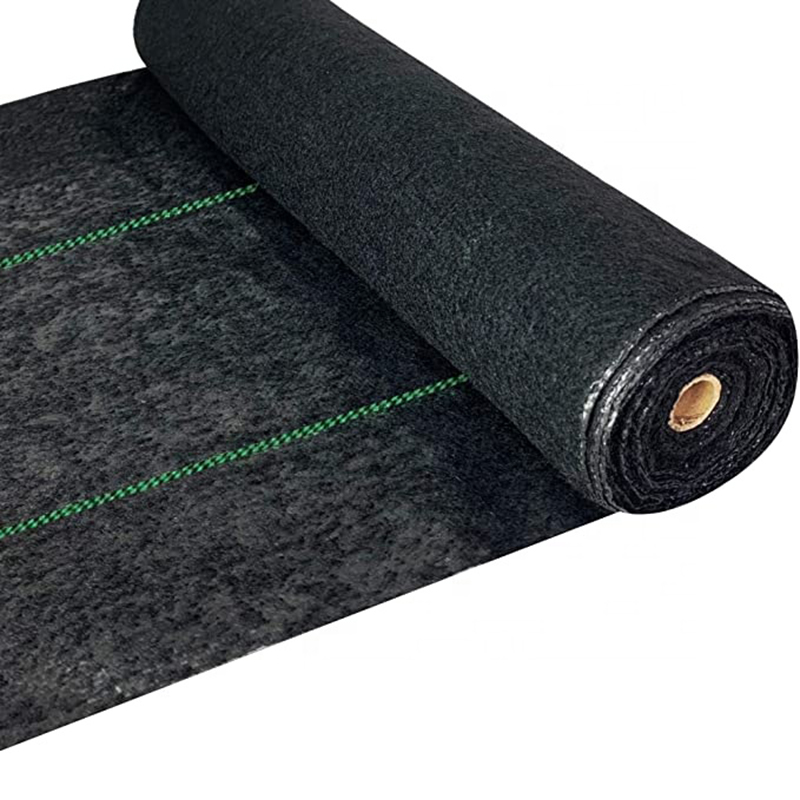
Heavy Duty Landscape Fabric
High Strength &Durability: 5.8oz heavy duty landscape weed barrier fabric, made of tightly woven polypropylene fabric needle which punched with UV-stabilized. 98.7% opaque to l […]
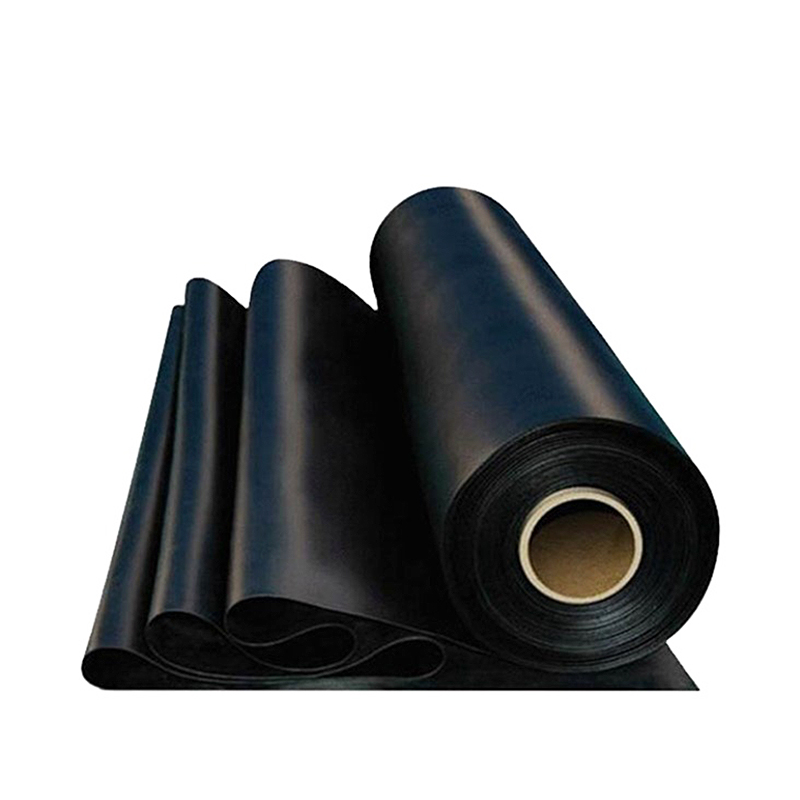
Hdpe Geomembrane
Product Features: They have strong ability for waterproof,anti seepage and isolation, aging resistance, good welding performance, convenient construction, root resistance and other […]
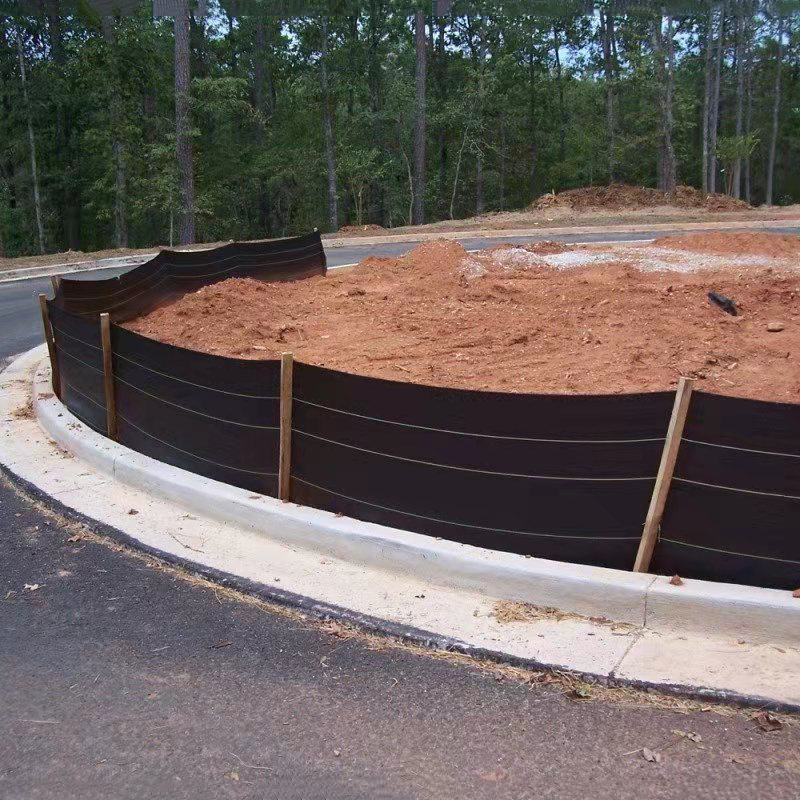
Silt Fence
Product Weed Mat / Ground cover/Slit fence Weight 70g/m2-300g/m2 Width 0.4m-6m. Lengths 50m,100m,200m or as your request. Color Black,Green,White ,Yellow or As your request […]
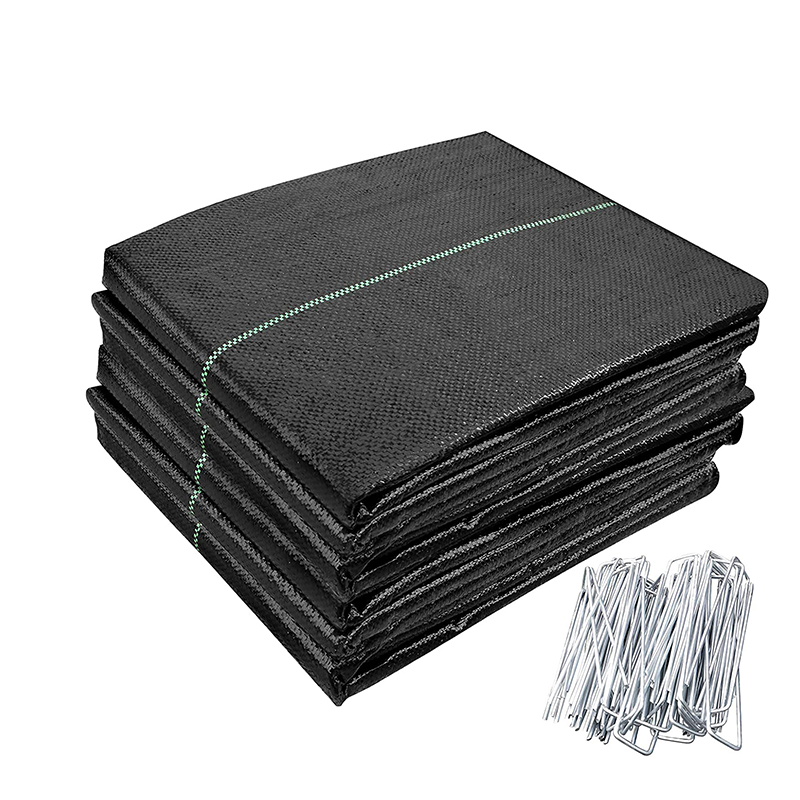
Woven Geotextile/Weed Mat
PP Woven Geotextiles are a series geotextiles made of high-performance polypropylene woven geotextile fabrics combining strength, durability and robust design. All these PP woven g […]
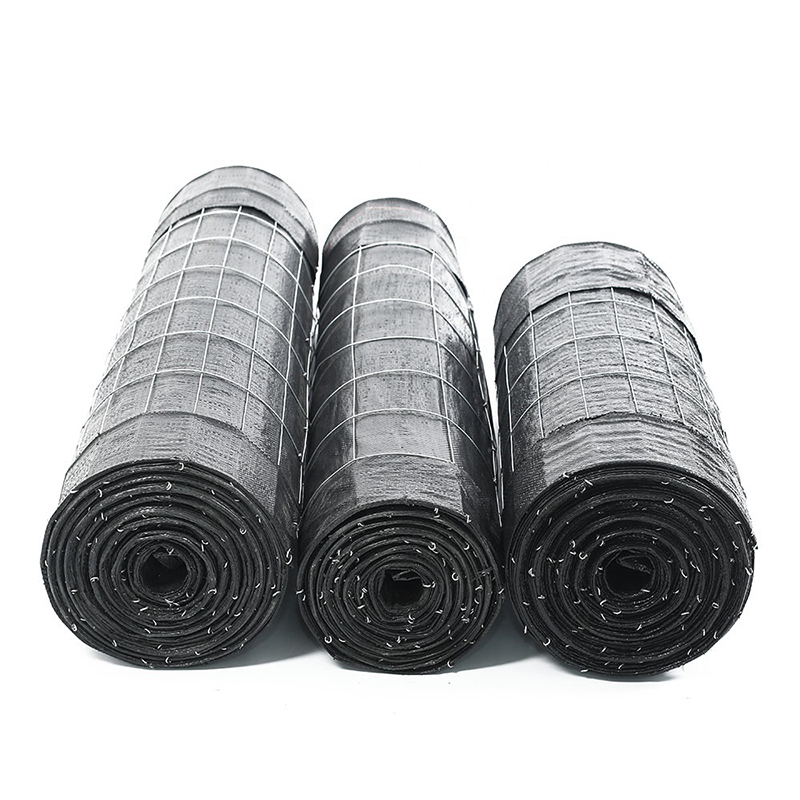
Wire Backed Silt Fence
The Wire Back Silt Fence is a strong erosion control fence designed for areas with demanding silt and erosion control requirements. Offering more strength and stability than a stan […]
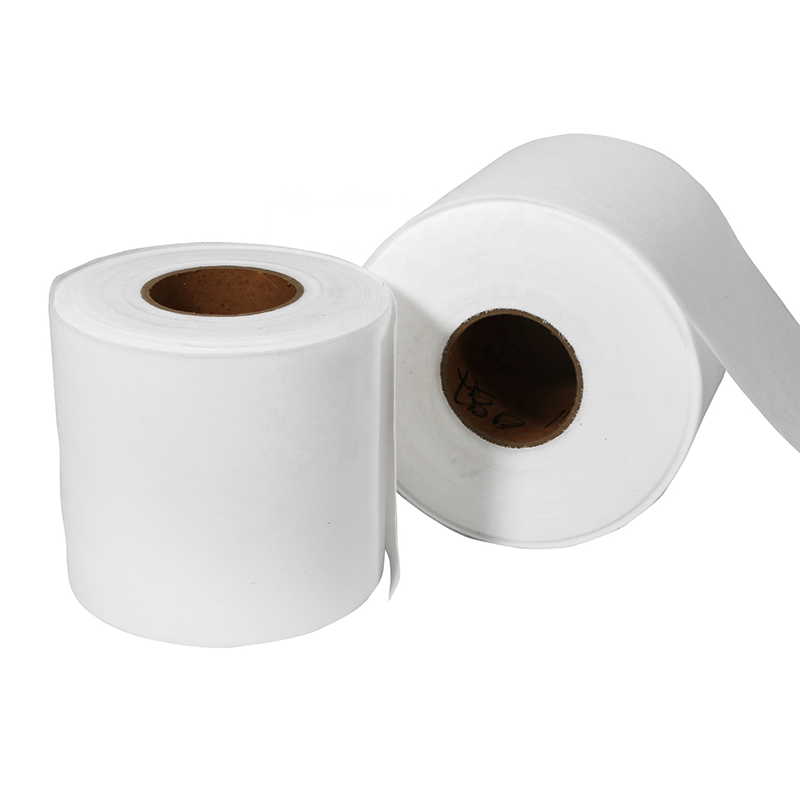
Non-Woven Geotextile
Geotextiles are permeable geosynthetic materials made by needling or weaving synthetic fibers. Geotextile is one of the new geosynthetic materials, and the finished product is clot […]
Post time: 2023-06-24
